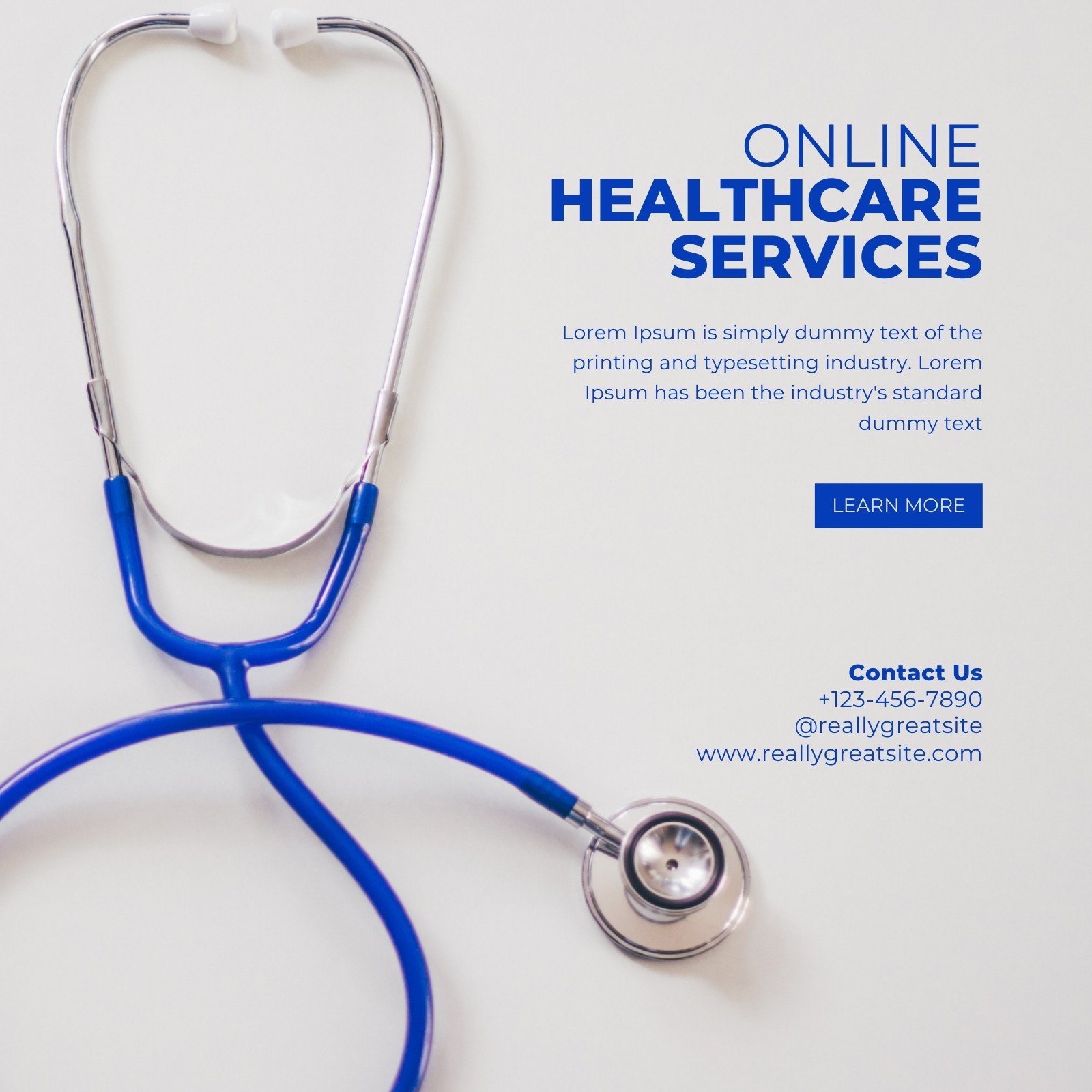Subscription Based Healthcare: Transforming the Way We Think About Health
Subscription Based Healthcare: Transforming the Way We Think About Health
Blog Article
Comprehending the Cost-Effectiveness of Subscription-Based Healthcare Designs
As the medical care landscape develops, subscription-based versions become a compelling choice, promising to redefine exactly how people handle clinical expenditures. Assessing these versions' cost-effectiveness necessitates a nuanced comparison with typical insurance, thinking about both monetary ramifications and individual fulfillment. While they supply transparency and predictability in expenses, concerns continue to be concerning their ability to satisfy diverse medical care demands, especially for specialized treatments. The perspectives of health care service providers additionally complicate this equation, offering a multifaceted obstacle. What does the future hold for these models, and can they really deliver on their guarantee of obtainable, cost effective treatment?
Review of Subscription-Based Versions
Subscription-based health care models, sometimes described as straight main care or concierge medication, are progressively acquiring attention as a potential remedy to ineffectiveness within conventional healthcare systems. These versions run on the principle of offering patients straight accessibility to healthcare providers via a regular monthly or annual fee, bypassing the demand for conventional insurance systems. This arrangement intends to improve patient-provider communications by minimizing administrative worries, which typically hinder prompt and customized treatment.
At the core of subscription-based designs is the focus on a more tailored client experience. People benefit from boosted access to their medical professionals, often consisting of same-day or next-day visits, expanded assessment times, and straight communication networks such as phone or video clip calls. This design fosters a positive strategy to health care, where people and service providers can collaboratively concentrate on preventative treatment and chronic illness administration.

Price Contrast With Traditional Insurance

Among the primary financial advantages of subscription models is transparency in costs. Patients pay a predictable fee, which can simplify budgeting and financial planning. In addition, these versions typically eliminate co-pays and deductibles for covered solutions, lowering out-of-pocket investing. Alternatively, typical insurance policy might be a lot more helpful for people needing specialized care or expensive treatments not covered under a subscription model, as they profit from the more comprehensive protection network and cost-sharing systems.
Nevertheless, cost-effectiveness is context-dependent. While subscription models could offer savings for those primarily requiring health care, individuals with persistent conditions or specialized medical care needs may find standard insurance a lot more comprehensive. Assessing details healthcare demands and prospective use is essential in figuring out the most cost-effective option for individuals.
Effect On Patient Fulfillment
Person satisfaction within subscription-based healthcare designs commonly reflects a considerable enhancement over standard insurance policy systems. This improvement is primarily attributed to the customized care and availability these versions supply. People frequently report greater satisfaction due to reduced wait times and the ease of scheduling appointments. Unlike conventional systems, where clients might experience delays in receiving care, subscription-based models ensure more prompt and straight communications with health care carriers.
Moreover, the openness in expenses connected with subscription-based healthcare relieves the typical aggravations connected to unanticipated charges and complex payment procedures seen in conventional insurance (subscription based healthcare). People value knowing the specific monetary commitment upfront, leading to boosted count on and confidence in their medical care monitoring
Additionally, the focus on preventive treatment and health in membership versions adds to boosted health and wellness end results, even more boosting client contentment. By concentrating on recurring health maintenance as opposed to episodic care, individuals experience an even more alternative and continual medical care trip.
Additionally, the improved provider-patient partnership promoted in these designs, identified by more time spent per individual and personalized interest, plays a critical role in elevating client contentment levels, as clients really feel really cared for and understood.
Service Provider Experiences and viewpoints
From the supplier's viewpoint, subscription-based medical care models provide a transformative method to providing clinical solutions. These versions stress a aggressive and preventative medical care strategy, allowing service providers to concentrate on extensive client care without the restrictions of conventional fee-for-service arrangements (subscription based healthcare). This shift in focus often results in boosted client outcomes and enhanced service provider complete satisfaction, as health care professionals can allocate even more time and sources to individual interaction and personalized treatment strategies
Additionally, membership models promote foreseeable profits streams, which enhance financial security for health care companies. This predictability permits boosted source planning and allocation, adding to a much more efficient medical care shipment system. Service providers can purchase personnel training, innovation, and infrastructure enhancements, thereby improving the quality of treatment offered.
Nevertheless, the transition to subscription-based designs is not without challenges. Suppliers right here must adjust to new operational structures, which can involve substantial changes in invoicing techniques and client monitoring systems. Additionally, there is an intrinsic need for robust information management to official site track client end results and ensure high quality treatment. Despite these obstacles, lots of service providers discover that the advantages of raised client communication and structured procedures outweigh the initial difficulties, making subscription-based versions an attractive option.
Future Potential Customers and Difficulties

A key difficulty is regulatory conformity, as registration designs must follow progressing health care policies and insurance policy demands. This necessitates continual adjustment and innovation to make sure placement with legal criteria. Furthermore, integrating these versions into existing medical care facilities can be complex, needing significant financial investments in technology and training.
There is additionally the prospective threat of producing injustices in health care accessibility, as subscription versions might prefer those who can manage them, leaving vulnerable populaces underserved. Resolving this needs thoughtful factor to consider of pricing approaches and subsidy systems to ensure inclusivity.
Final Thought
Subscription-based healthcare models present a practical option to standard insurance policy by supplying economic predictability and transparency, particularly benefiting individuals with chronic conditions or regular health care demands. The cost-effectiveness of these versions is contingent upon specific medical care use patterns and conditions.
Subscription-based medical care versions, occasionally referred to as straight key treatment or attendant medication, are progressively obtaining focus as a possible option to ineffectiveness within standard health care systems. Unlike address standard systems, where individuals may experience hold-ups in getting care, subscription-based models ensure even more timely and direct communications with health care carriers.
These versions stress a preventative and proactive healthcare approach, enabling companies to focus on thorough individual care without the constraints of typical fee-for-service plans. As these models proceed to get traction, they offer the possible to transform patient accessibility to care, improve solution shipment, and maximize health care investing.Subscription-based health care models provide a viable choice to conventional insurance policy by using economic predictability and transparency, specifically benefiting people with chronic problems or frequent health care demands.
Report this page